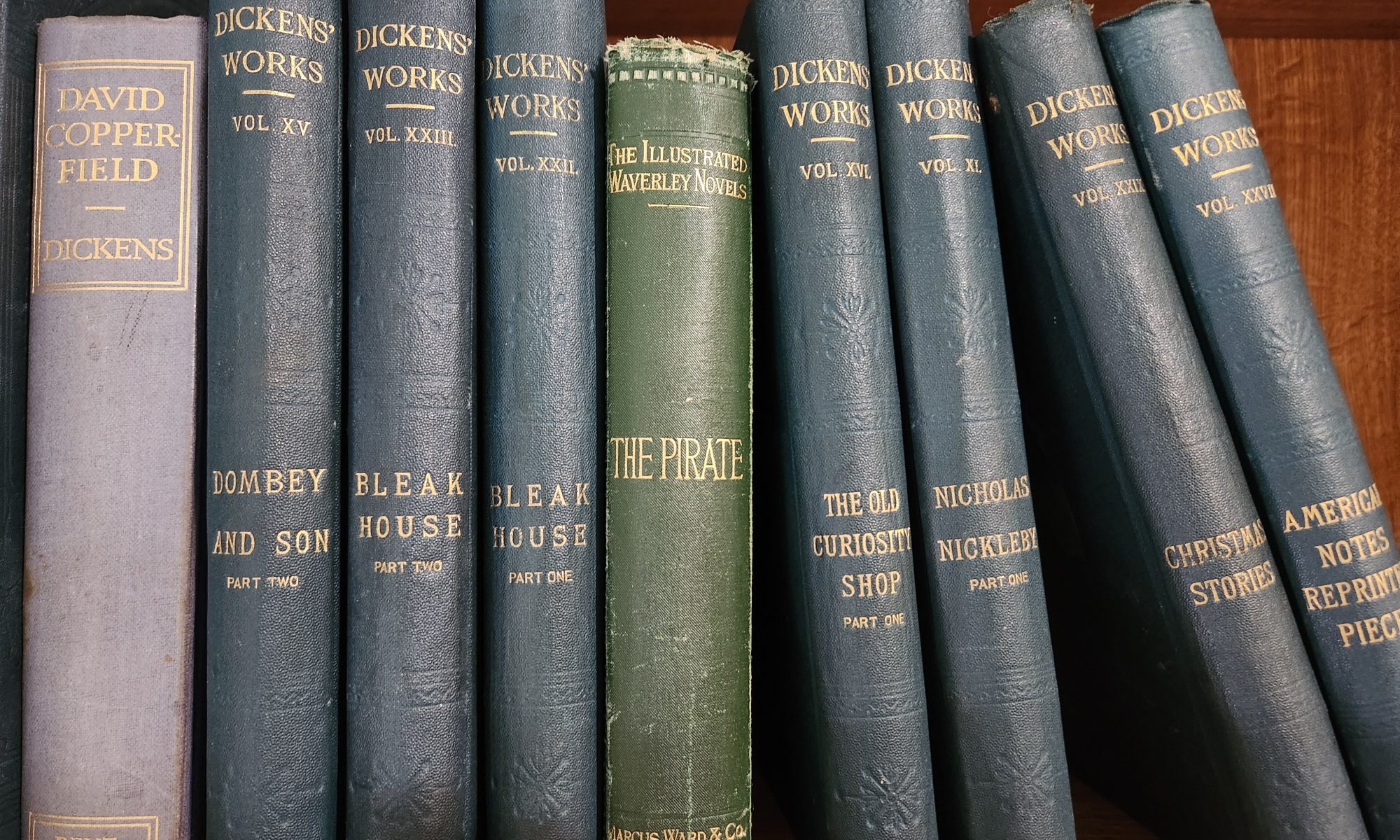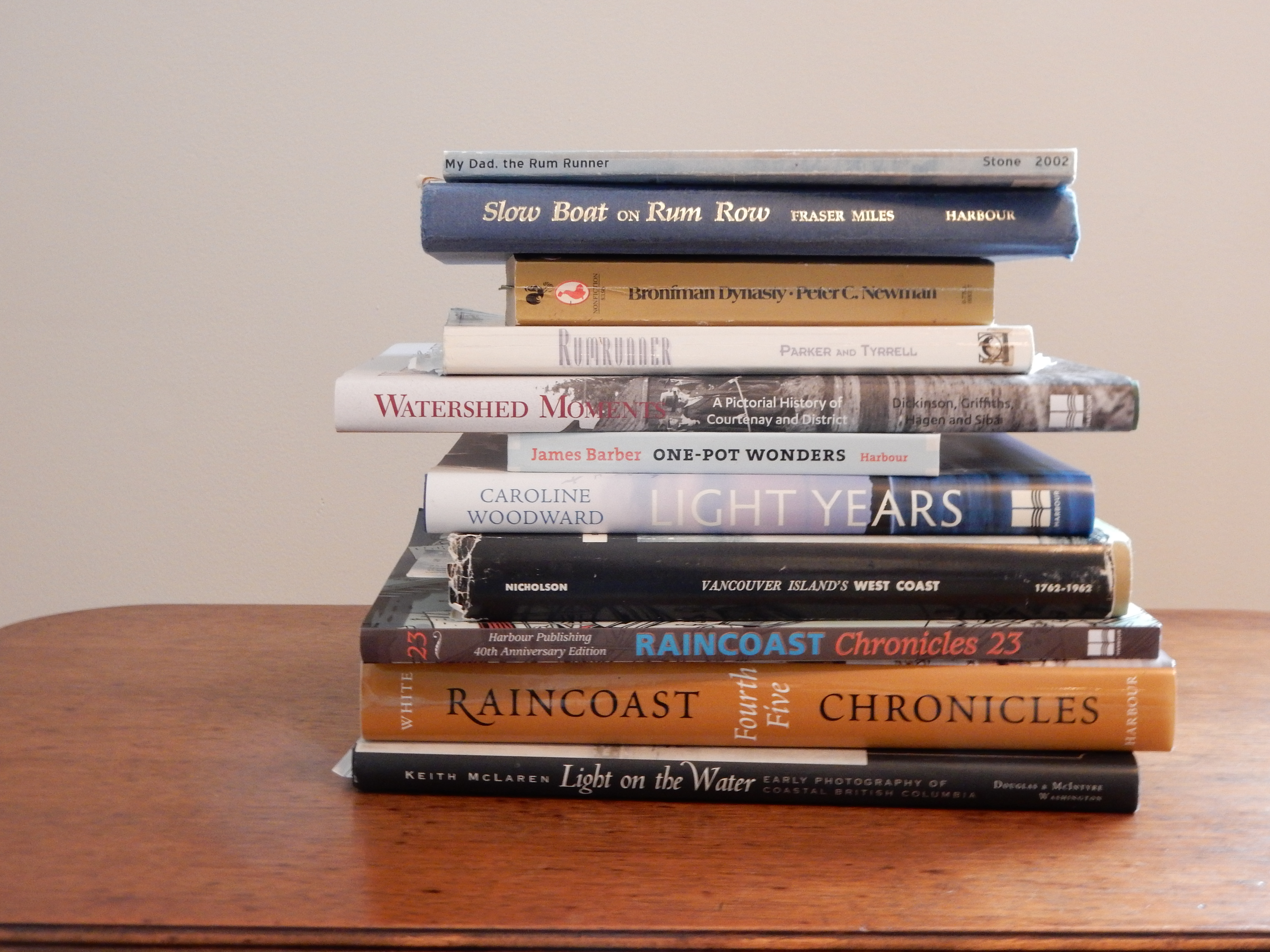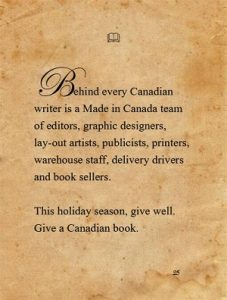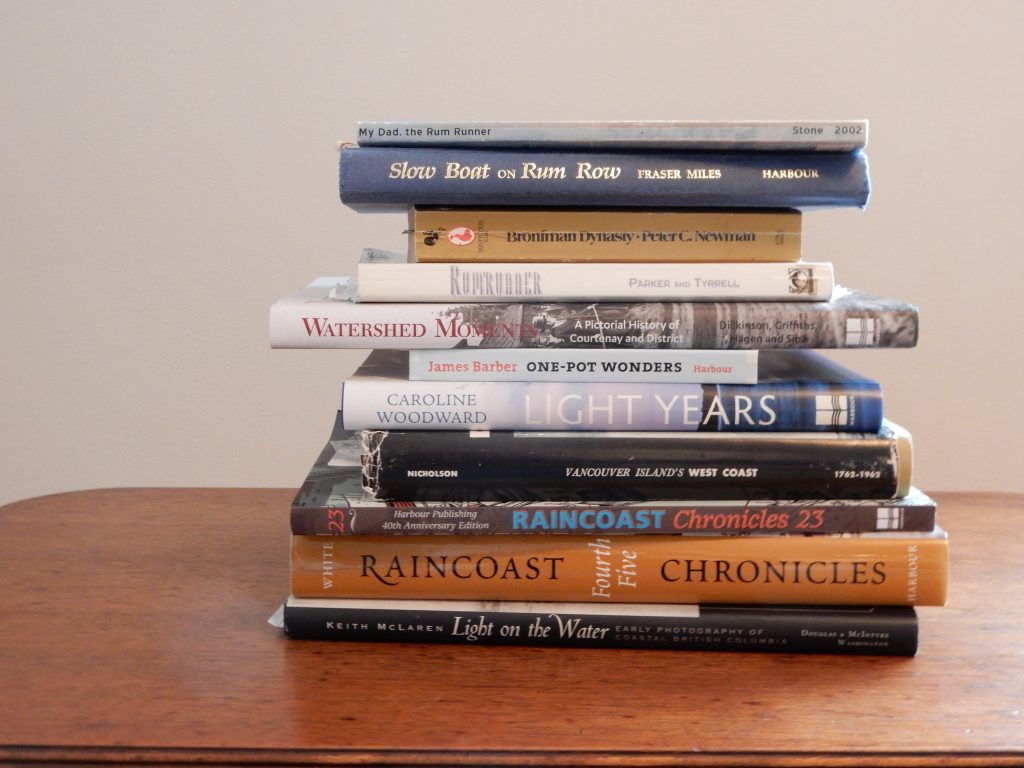As the dark days of winter creep toward the end of the year, many people consider resolutions they want to make for 2025. I used to make resolutions but some how they never lasted long. Two to four weeks was average. Two months was considered a success.
Of course, that left me wondering about my will power and feeling like a failure. Gradually, without even realizing it, I shifted to a new way of making plans for a new year. I now make a list of goals.
Resolutions and goals are similar but also quite different. A resolution is something you want to change.
A goal is something you want to achieve. It includes the steps you’ll take to accomplish your goal and the date you plan to achieve it by.
It took me a while to figure out what a goal is. I want to write a book and have it published is not a goal, it’s a dream. It’s like knowing where you want to go but not how you’re going to get there.
A goal goes something like this: I want to complete an 80,000 word manuscript by August 31, edit and revise it by December 31 and send it to a publisher or agent by January 1. To accomplish this, I will work on my book for two hours every weekday and for four hours every Saturday.
 Goals I know will be on my 2025 list are completing a solid revision of the novel I’m working on and several home improvement projects to make my home more energy efficient and cooler in the summer.
Goals I know will be on my 2025 list are completing a solid revision of the novel I’m working on and several home improvement projects to make my home more energy efficient and cooler in the summer.
The home improvements – a ceiling fan, new blinds and new appliances will be relatively easy. Each one of those goals can be accomplished within a month, leaving plenty of time for writing.
The writing, however, is altogether different. My current draft of the manuscript contains 33 chapters. The thought of revising that many chapters, especially knowing that half of them need major work, is daunting. So, I’ll break the project down into manageable chunks.
Months that I’m working on a fairly polished series of chapters, I can revise four or more a month. While working on challenging chapters, I may only be able to revise two a month so I’ll plan accordingly.
From past experience I know it’s easy to be overly ambitious and that modest, realistic time frames tend to be the most successful. 
But simply having a goal often isn’t enough. To be truly effective experts say you should write your goal down, make a commitment by telling someone your plan, and being accountable to that person. I consider myself lucky to have two creatives – writer Caroline Woodward and artist Judi Wild — to share my goals with.
I try to be reasonable about what I can accomplish yet push myself a bit too. To be perfectly honest, I never meet all my self-imposed deadlines. But they keep me on track and motivate me to try harder.
Of course goals can be made any time of the year but I usually map mine out during the last few days of December. I always look forward to that interlude — the cusp of one year passing and another beginning — and all the possibilities that brings.
Feature image at top: Night in the Forest, a painting by Bev Byerley.





